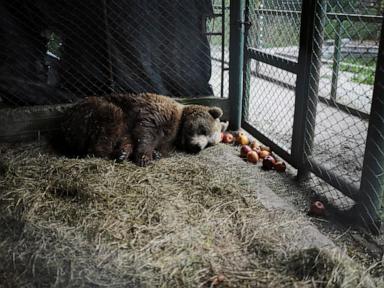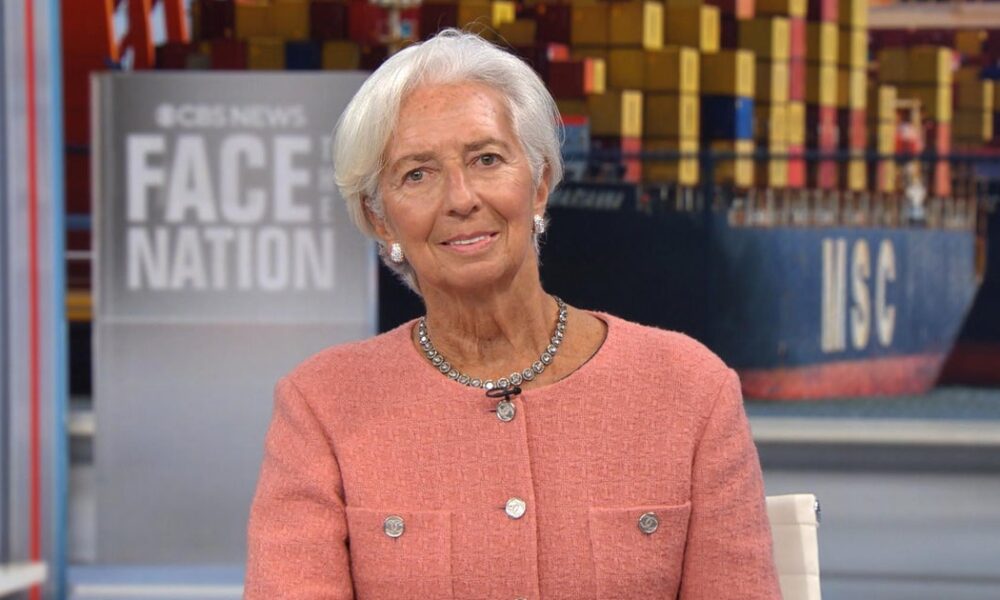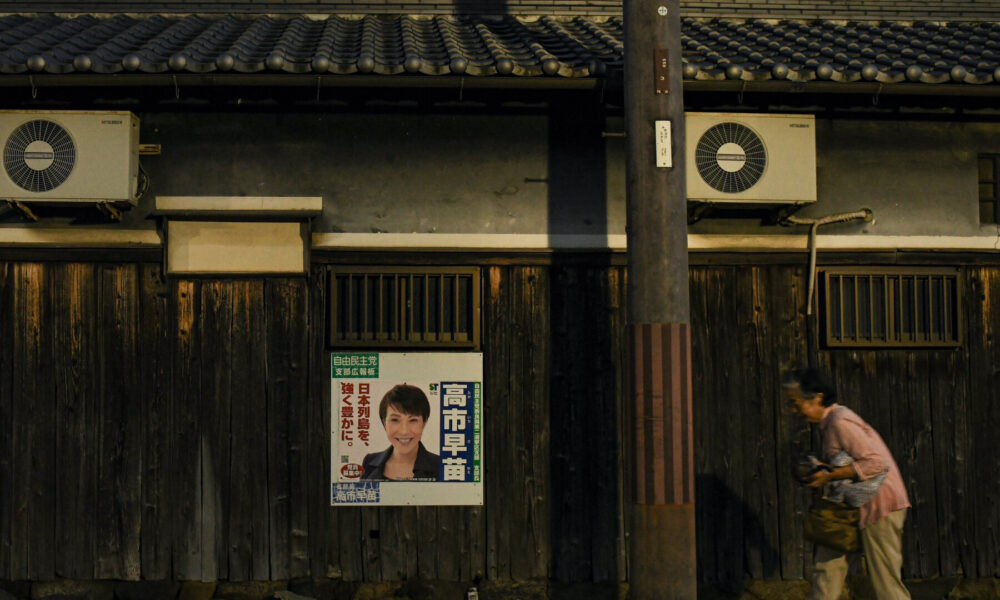Lujan, Argentina — After years of living in inadequate conditions, animals from the now-closed Lujan Zoo are finally being rescued. On Thursday, 62 big cats, including lions and tigers, along with two brown bears, began receiving urgent veterinary care, marking their first significant medical attention in years. This effort follows a recent agreement between the Argentine government and Four Paws, an international animal welfare organization committed to relocating these animals to expansive wildlife sanctuaries abroad.
The Lujan Zoo, located on the outskirts of Buenos Aires, was shut down in 2020 due to increasing safety concerns. It gained notoriety for allowing visitors to interact closely with the animals, but the conditions for the animals deteriorated significantly after its closure. For the past five years, the few remaining zookeepers, who lost their jobs, have struggled to provide care for the animals, leading to a dramatic decline in their numbers. When Four Paws first assessed the situation in 2023, they found only 112 lions and tigers remaining, down from over 200 at the time of the zoo’s closure.
The circumstances faced by these big cats have been dire. Many succumbed to illnesses linked to poor nutrition, injuries from fighting, and infections due to lack of medical attention. The conditions were so overcrowded that seven female lions were crammed into a 3-meter by 3-meter cage, highlighting the severe stress the animals endured. “Overcrowded is an understatement,” said Luciana D’Abramo, chief program officer at Four Paws.
Following the formal agreement with the Argentine government, Four Paws assumed responsibility for the remaining wild animals at Lujan last month. The memorandum includes a commitment from Argentina to end the sale and private ownership of exotic felines, addressing a significant regulatory gap across the country’s 23 provinces.
This rescue operation is one of the largest of its kind for Four Paws, which has previously undertaken missions in war-torn areas, including evacuating starving tigers from Syria and neglected animals from Iraq. “Here, the number of animals and the conditions where they are kept make this a much bigger challenge,” said Dr. Amir Khalil, the veterinarian leading the mission. “This is one of our biggest missions… not only in Argentina or Latin America, but worldwide.”
As veterinary teams work tirelessly at the zoo, they are assessing each animal one by one. Many have not been vaccinated, sterilized, or microchipped, complicating their care. The team has initiated emergency surgeries, treating injuries such as a bleeding gash on a tiger’s tail and a vaginal tumor on another. Several animals required root canals due to broken teeth from chewing on steel bars, while others received treatment for claws that had grown inward from walking on unnatural surfaces in their cramped enclosures.
In the coming weeks, Four Paws plans to relocate the animals to sanctuaries that offer more natural living conditions. Some former zookeepers, like Alberto Díaz, who dedicated 27 years to caring for the big cats, expressed relief at the improvements being made. “It used to be a very popular place… I’ve seen people cry because they could touch a lion or feed a tiger with a bottle,” Díaz reflected. “Time changes, laws change, and you have to adapt or get left behind.”
The rescue operation not only highlights the urgent need for animal welfare reform in Argentina but also serves as a critical reminder of the responsibilities associated with wildlife conservation. As the animals prepare for their journey to new homes, the hope remains that they will finally experience lives free from the constraints of captivity.







